Healing your nervous system starts with gently guiding it out of a constant state of stress and into a place of balance and calm. This means shifting from the overactive sympathetic (fight-or-flight) mode to activating the parasympathetic (rest-and-digest) response. You can support this process through evidence-based practices like deep breathing, mindfulness, and somatic therapies.
Additionally, healing is deeply influenced by your lifestyle so prioritizing regular movement, nutrient-rich foods, quality sleep, and stress reduction techniques is essential. These habits work together to restore regulation, build resilience, and promote long-term nervous system health.
This guide breaks down exactly how to reset your nervous system using science-backed strategies that engage your vagus nerve, regulate your autonomic state, and gently move you from survival into safety. These methods are especially helpful for neurodivergent people including those with ADHD and autism whose nervous systems tend to be more sensitive to dysregulation.
Let’s explore what’s happening inside your body, why you may feel stuck, and how to heal from the inside out.
What Is the Autonomic Nervous System and Why Does It Matter?
Your autonomic nervous system (ANS) is what controls your body’s automatic responses to stress. It regulates heart rate, digestion, breathing, and more without you needing to think about it.
The ANS has three core states:
-
Sympathetic (Fight or Flight)
-
Ventral Vagal (Calm and Connected)
-
Dorsal Vagal (Shutdown or Freeze)
When your nervous system works well, you can flow between these states as needed. You get stressed, your body ramps up; you relax, your body settles down. This is known as flexibility or resilience.
But if your system is overwhelmed due to chronic stress, trauma, neurodivergence, or sensory overload you can get stuck in a survival state. That’s where healing work begins.
How Do You Know If Your Nervous System Needs Resetting?
Here are some common signs that your nervous system may be dysregulated:
-
You constantly feel on edge, irritable, or anxious.
-
You swing between exhaustion and hyperactivity.
-
You’re easily overwhelmed by noise, light, or crowds.
-
You feel emotionally numb or shut down.
-
You can’t “calm down” no matter how hard you try.
These symptoms often reflect nervous system states like hyperarousal (sympathetic) or shutdown (dorsal vagal). The goal isn’t to force yourself to be calm but to help your body feel safe enough to soften on its own.
13 Proven Ways On How to Heal Your Nervous System
Each of the following strategies helps bring your nervous system back into balance. You don’t have to try them all just start with one or two that feel doable.
1. Breathe Deep Into Your Belly
Slow, diaphragmatic breathing stimulates your vagus nerve helping shift you out of fight-or-flight. Try box breathing (inhale 4, hold 4, exhale 4, hold 4) or extend your exhales to signal safety to your body.
2. Move Your Body (Gently)
Motion helps discharge pent-up survival energy. Gentle movement like walking, yoga, or dancing can calm the sympathetic system and support ventral vagal activation.
3. Engage the Senses
Use sensory grounding to reconnect with your body. Try holding ice, listening to soothing sounds, using essential oils, or wrapping yourself in a heavy blanket.
4. Try Vagus Nerve Stimulation
Cold water on your face, humming, gargling, or singing all activate the vagus nerve. Even simple humming can cue your body to relax.
Bonus: Tools like neuroVIZR use non-invasive neurostimulation to gently support vagal tone and help regulate mood, focus, and nervous system state especially for neurodivergent individuals. It’s not a replacement for healing, but a helpful aid in the process.
5. Get into Nature
Natural environments especially near water or trees can reduce cortisol and shift your nervous system toward calm. Barefoot grounding on grass or sand enhances the effect.
6. Practice Polyvagal-Informed Mindfulness
Instead of forcing stillness, tune into your body’s cues with curiosity. Notice sensations, name your state, and allow what’s present. This builds nervous system awareness without judgment.
7. Shake It Out
Shaking your arms, legs, or full body mimics how animals release stress. It helps complete incomplete fight/flight responses and resets the body.
8. Use Rhythmic Repetition
Activities with rhythm like drumming, rocking, knitting, or walking can soothe the nervous system through patterned, predictable input.
9. Create Emotional Safety
Find spaces where you feel seen and accepted. Whether it’s with a friend, therapist, or online community emotional safety is a key ingredient in nervous system healing.
10. Sing, Chant, or Make Sound
Singing (especially low or vibrating tones) activates your ventral vagus nerve. Chanting, toning, or even humming your favorite tune can shift your state quickly.
11. Use Gentle Self-Touch
Place a hand on your heart or cheek. Wrap your arms around yourself. Gentle self-contact tells your brain, “I am here. I am safe.”
12. Prioritize Rest and Downtime
Rest is not laziness. It’s essential to nervous system repair. Give yourself permission to do less, nap, or stare out the window. That’s healing.
13. Work with a Trauma-Informed Therapist
A trained practitioner can help you understand your nervous system, process unresolved trauma, and build a toolkit of regulation strategies that work for you.
Final Thoughts: Healing Takes Time But It’s Possible
Your nervous system is not broken it’s protective. Everything it does is in service of keeping you safe.
But you don’t have to live in survival forever. With patience, gentle attention, and the right support, you can build a sense of safety from the inside out. You can learn to notice your body’s cues, respond with care, and slowly create a life where regulation becomes the norm not the exception.
Tools like neuroVIZR can complement this journey by helping reduce mental noise and support present-moment awareness. But the most powerful reset tool is your own kindness toward yourself.
Start small. Trust your pace. Your nervous system will meet you there.
FAQ's
What is an autonomic nervous system?
The autonomic nervous system is a component of the peripheral nervous system that regulates involuntary physiologic processes including heart rate, blood pressure, respiration, digestion, and sexual arousal.
What are the symptoms of a damaged central nervous system?
Symptoms of central nervous system (CNS) damage can vary depending on the severity and location of the issue. Common signs include:
-
Persistent headaches or migraines
-
Dizziness or balance problems
-
Muscle weakness or loss of coordination
-
Numbness or tingling in the limbs
-
Difficulty concentrating or memory issues
-
Vision or speech problems
-
Chronic fatigue
-
Mood changes, such as anxiety or depression
If you experience any of these symptoms consistently, it’s important to consult a medical professional for a proper diagnosis.
How long does it take to heal the nervous system?
Healing the nervous system is a gradual process and can vary widely depending on the cause and extent of the damage. Minor dysregulation due to stress can improve in weeks to months with consistent self-care, while more severe nerve damage or trauma may take months to years and may require medical intervention, physical therapy, or lifestyle changes.
The key is consistent, daily support for your nervous system through rest, nutrition, movement, and regulation techniques.
How do you know your nervous system is healing?
Signs that your nervous system is healing often include:
-
Improved sleep quality
-
Greater emotional resilience and mood stability
-
Reduced anxiety and reactivity to stress
-
More physical energy and reduced fatigue
-
Improved digestion (a good sign of parasympathetic activity)
-
Clearer thinking and better focus
-
Feeling calmer and more grounded in daily life
These improvements tend to happen gradually, and tracking small changes over time can help you recognize your progress.
Disclaimer: neuroVIZR is a wellness device designed to support relaxation, focus, and overall brain wellness. It is not a medical device and does not diagnose, treat, cure, or prevent any medical condition. Results may vary from person to person.



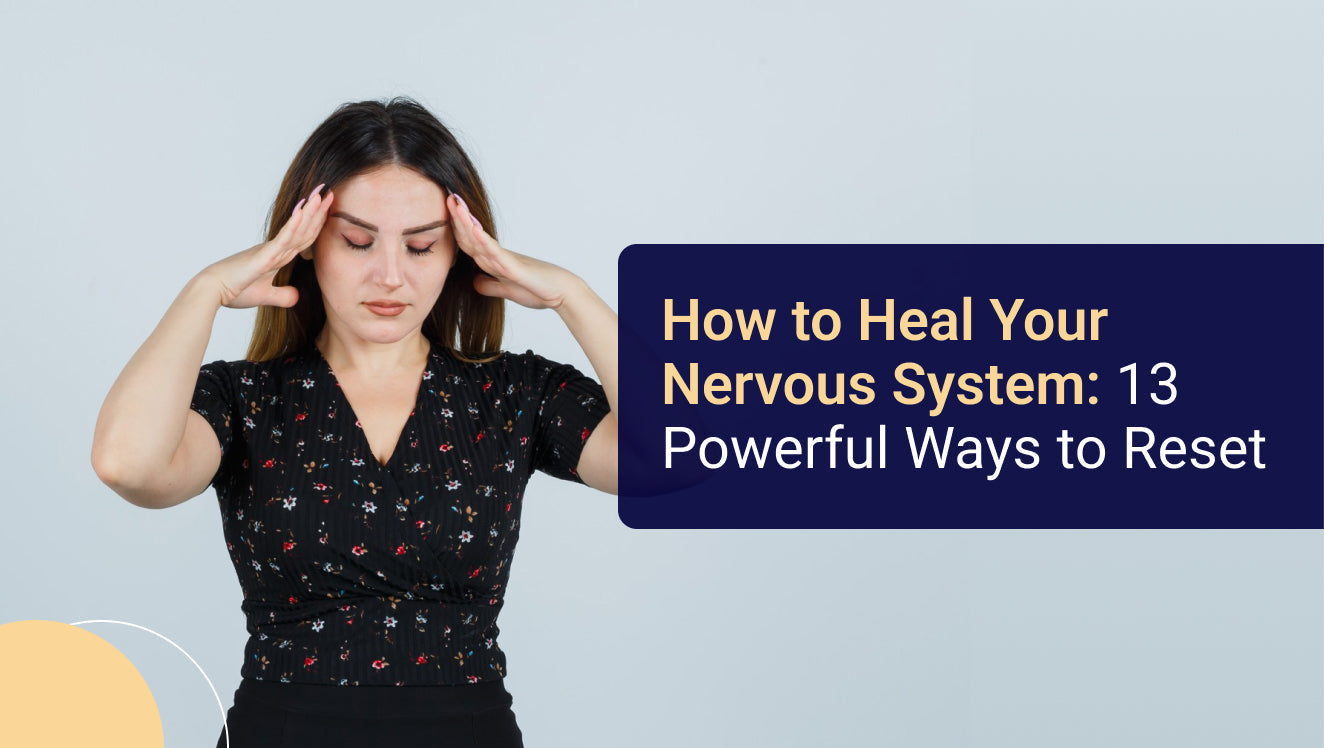


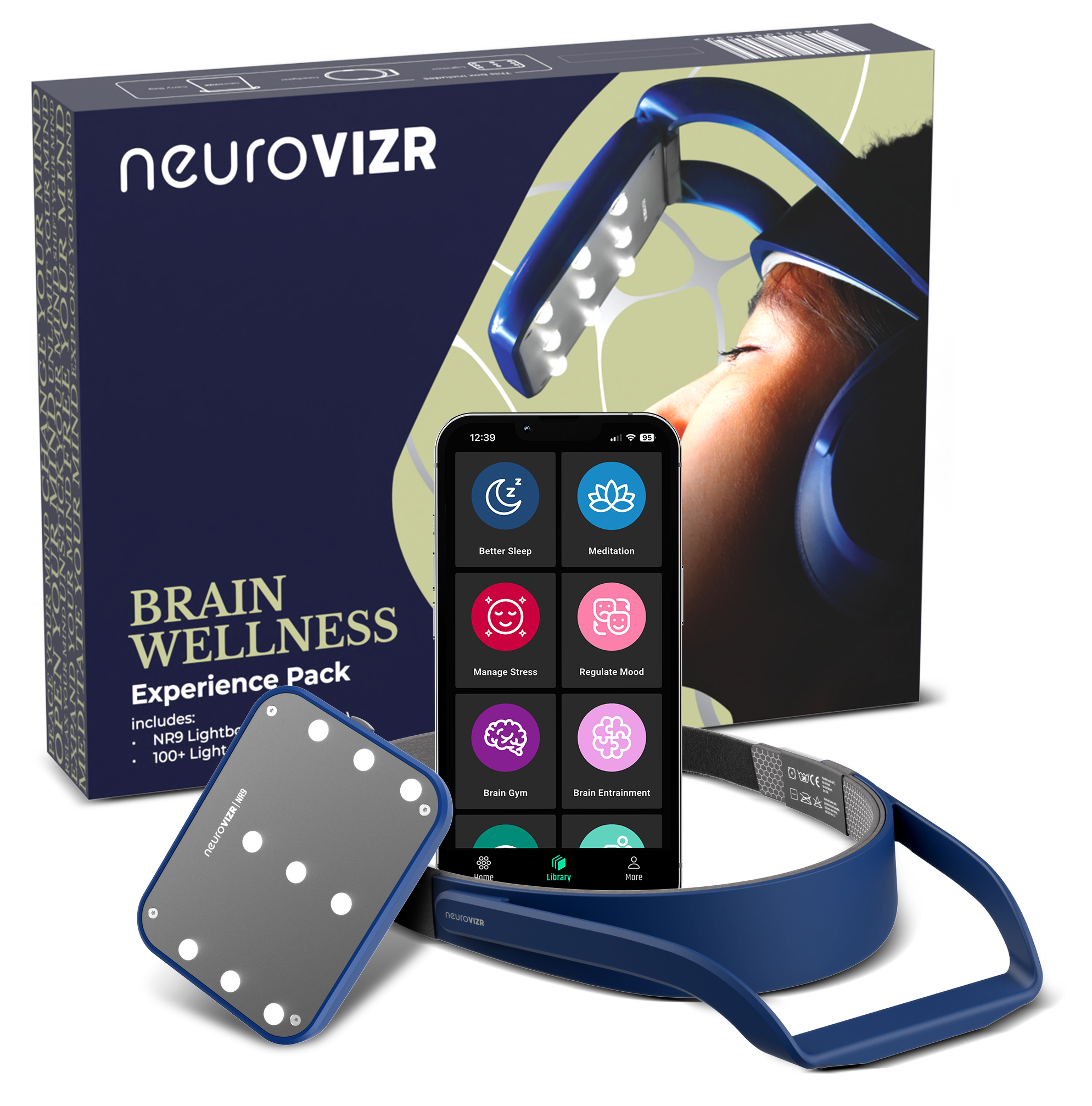

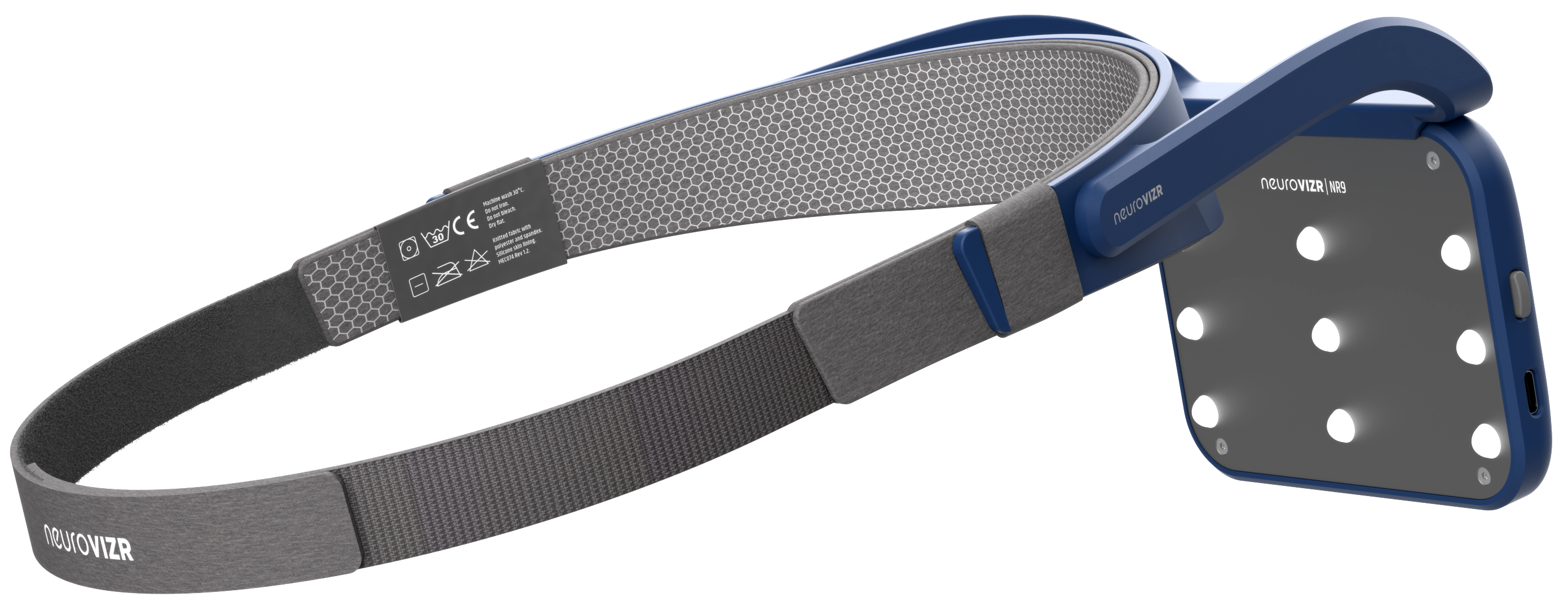
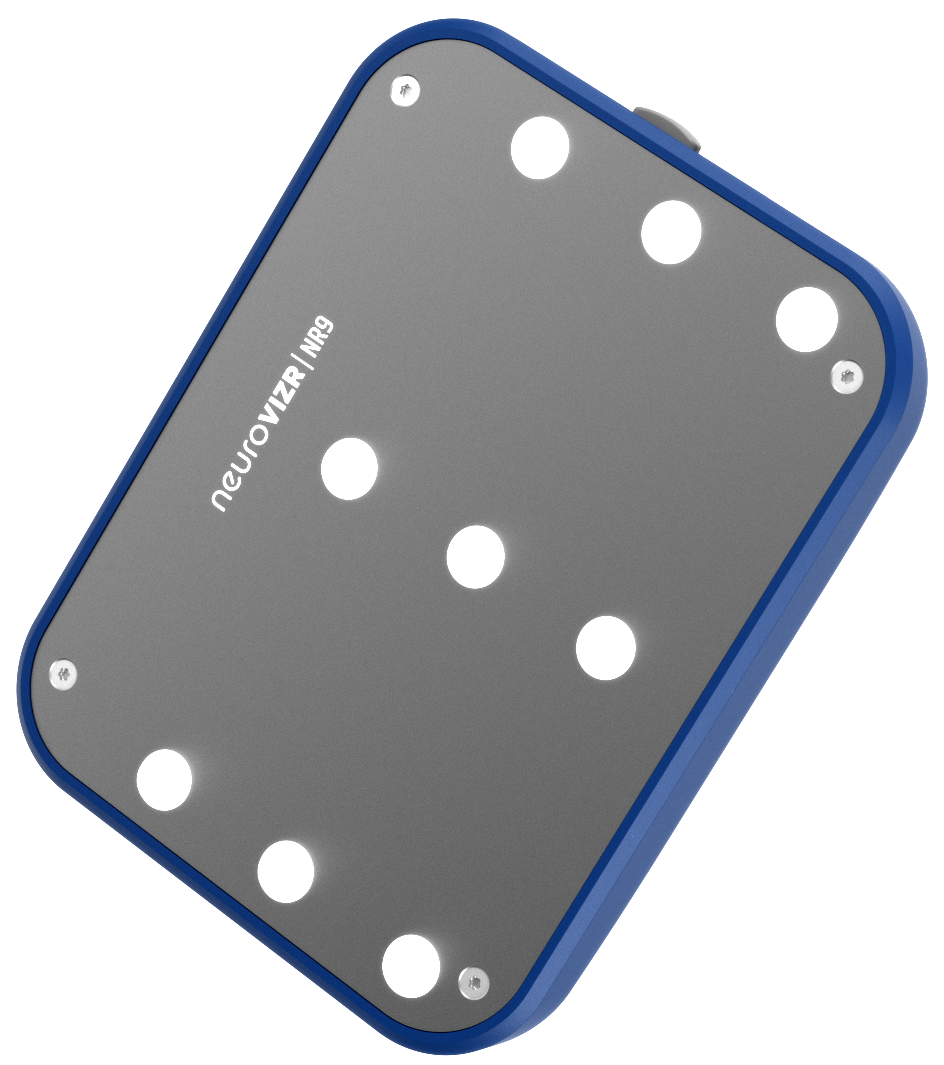
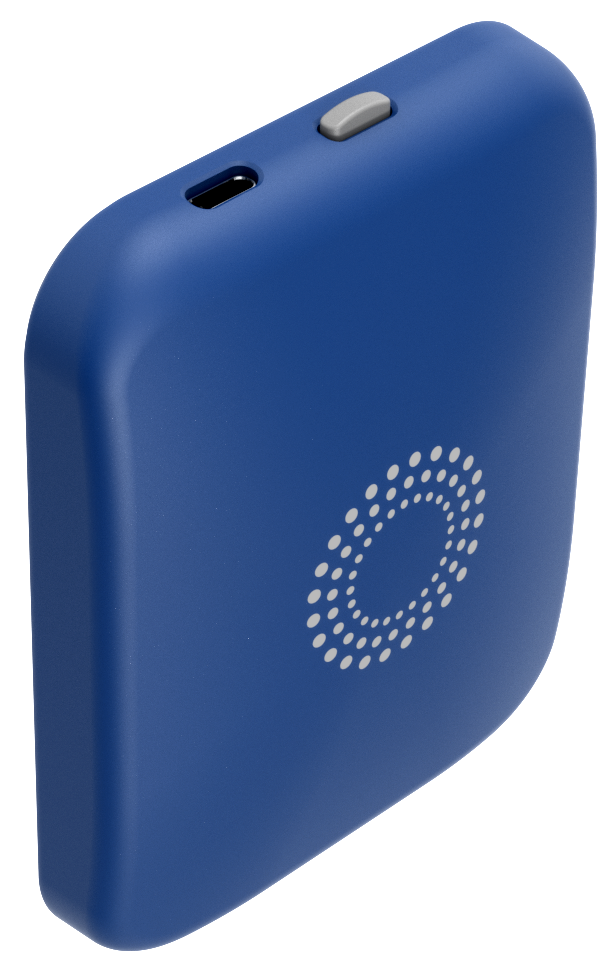
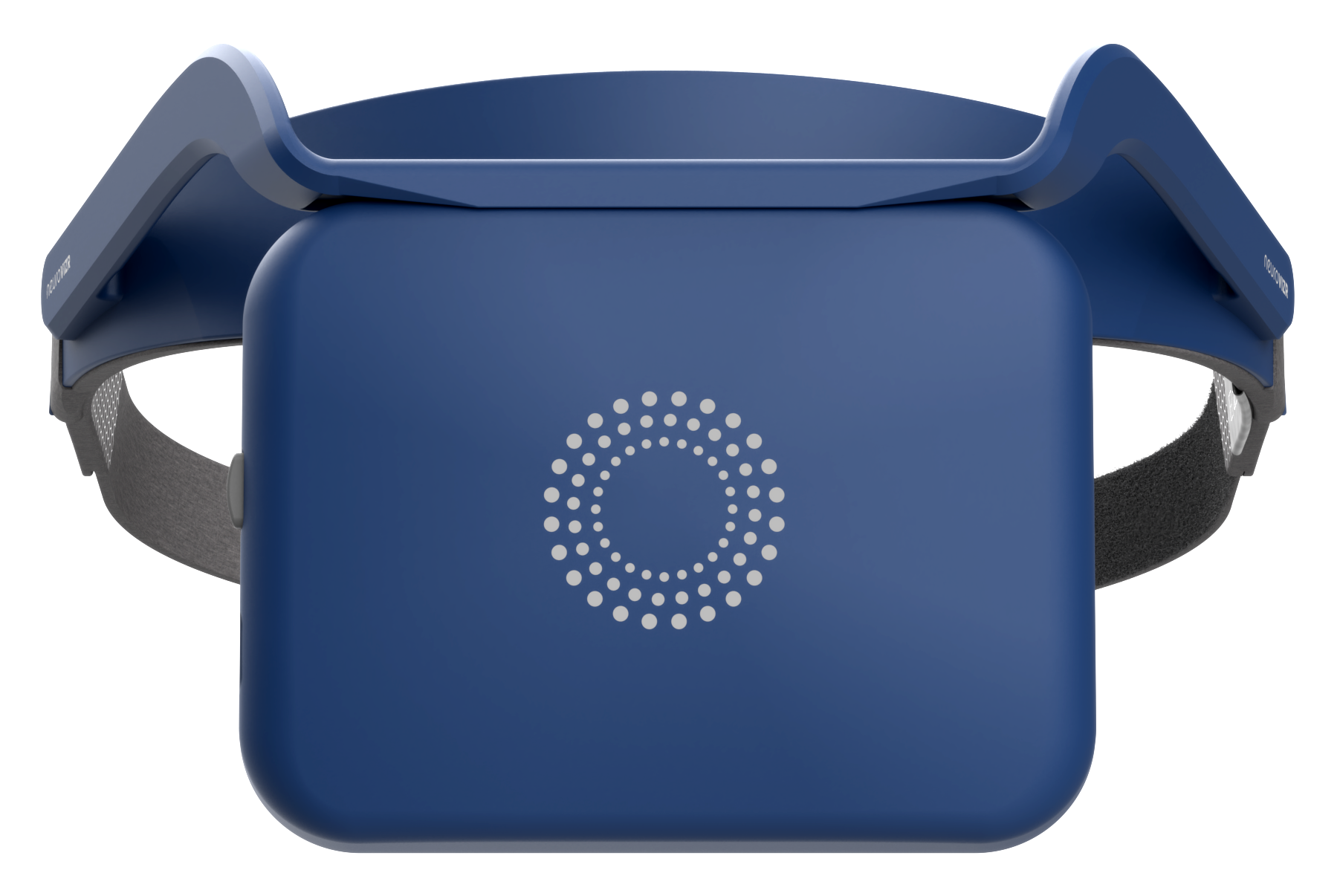
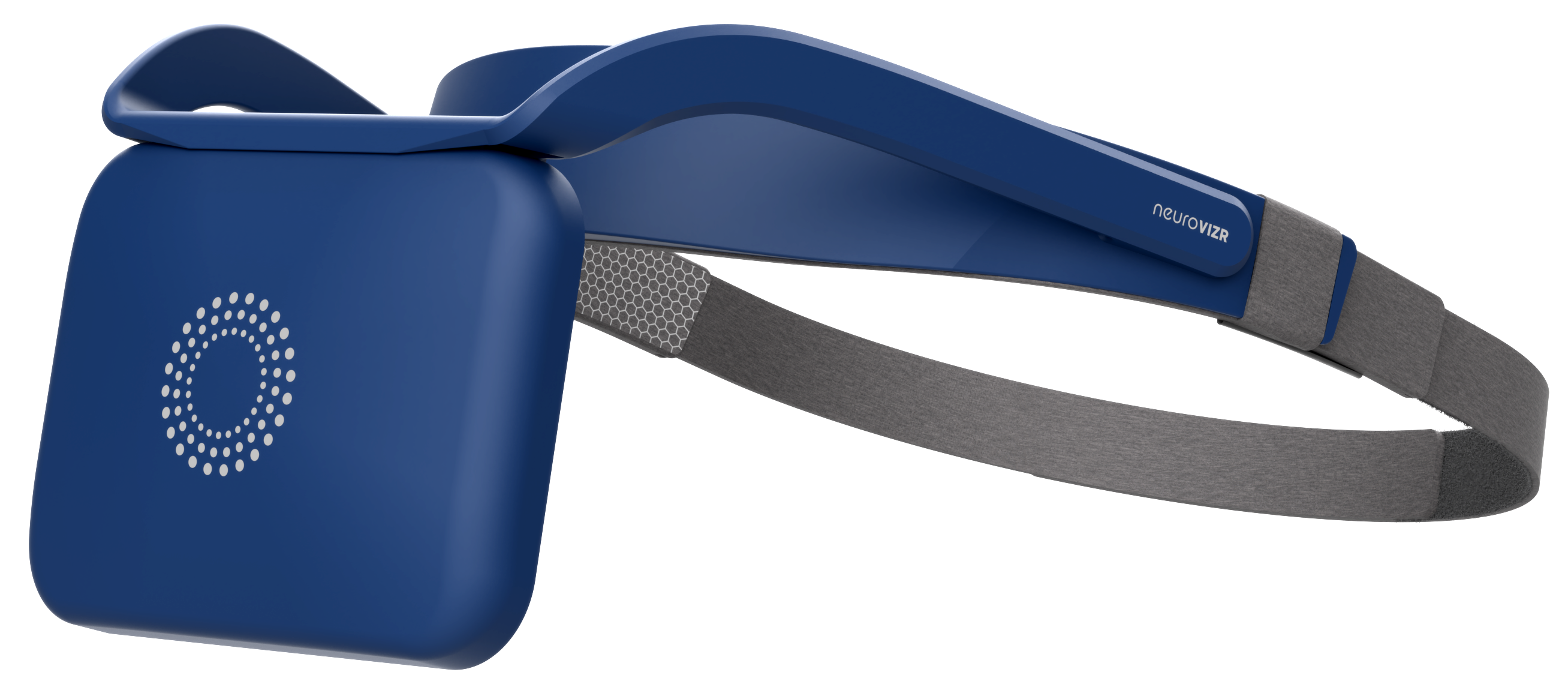

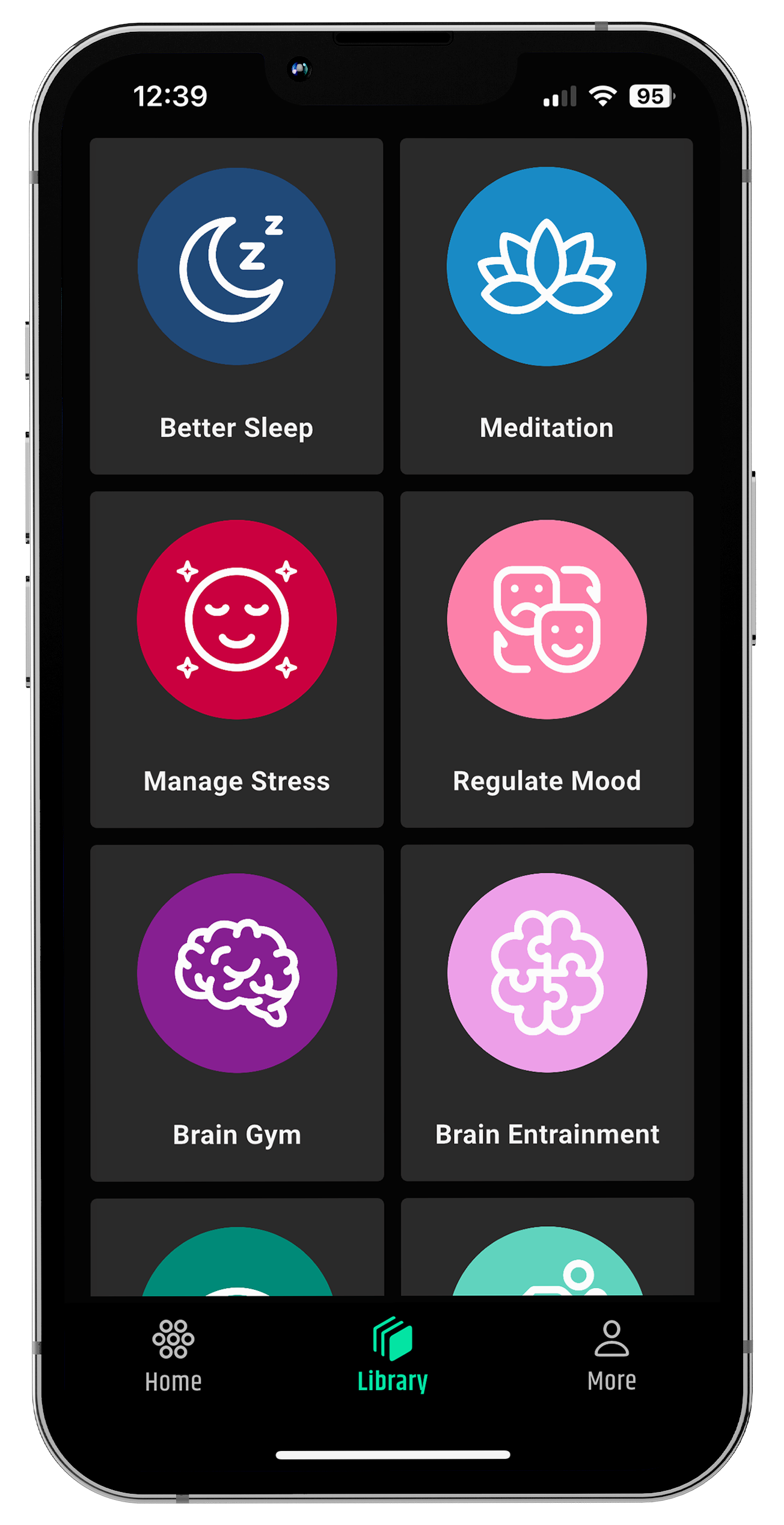
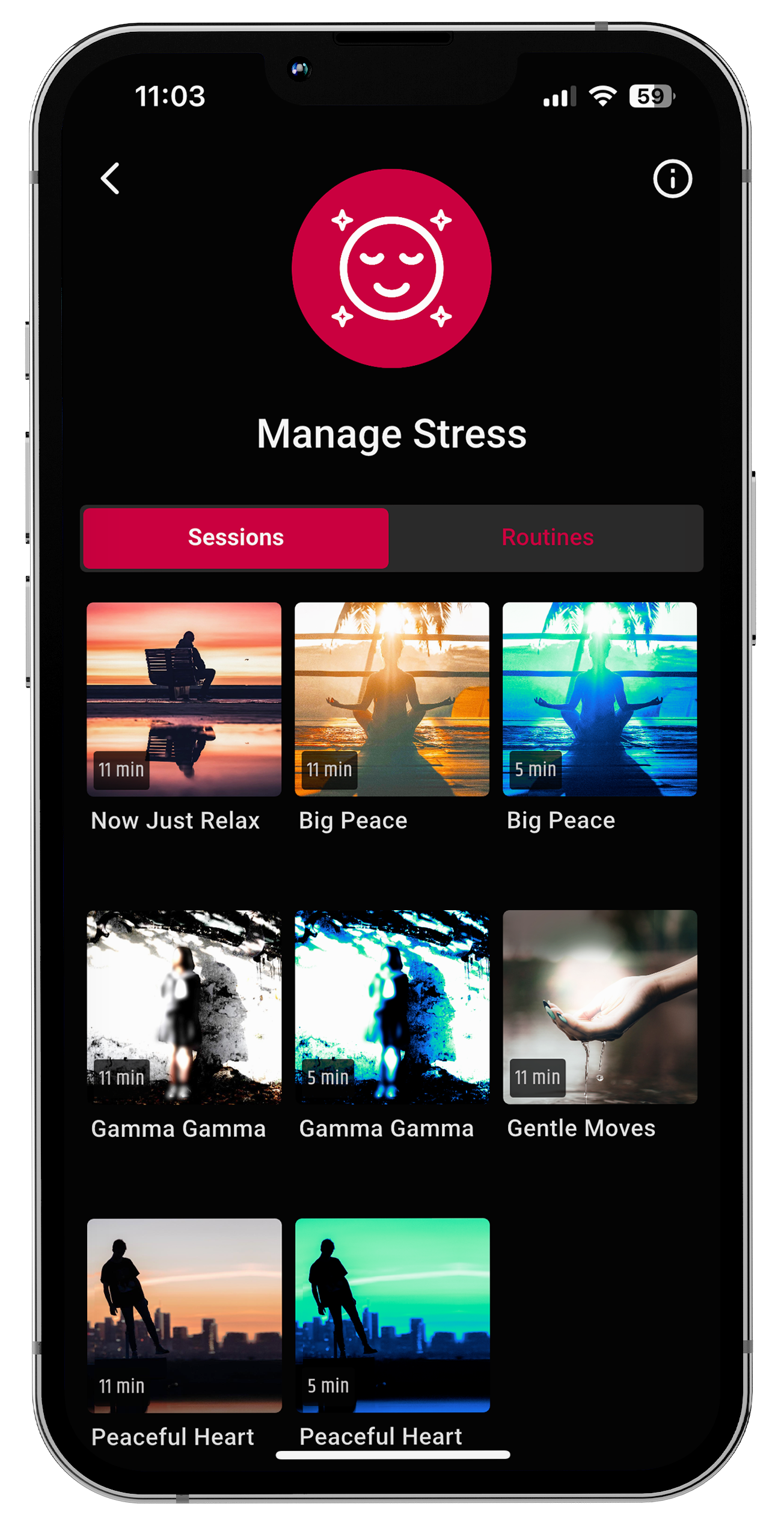
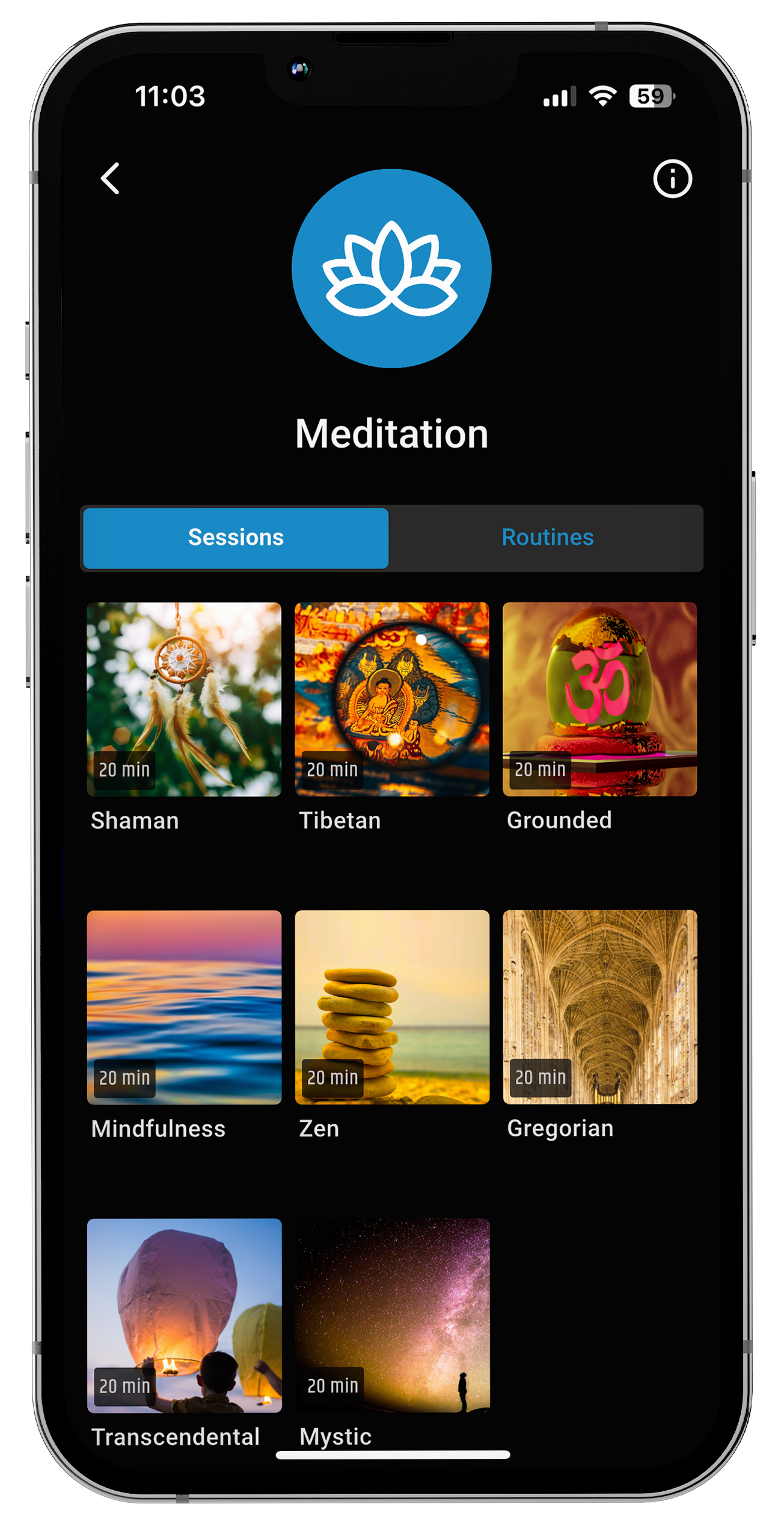
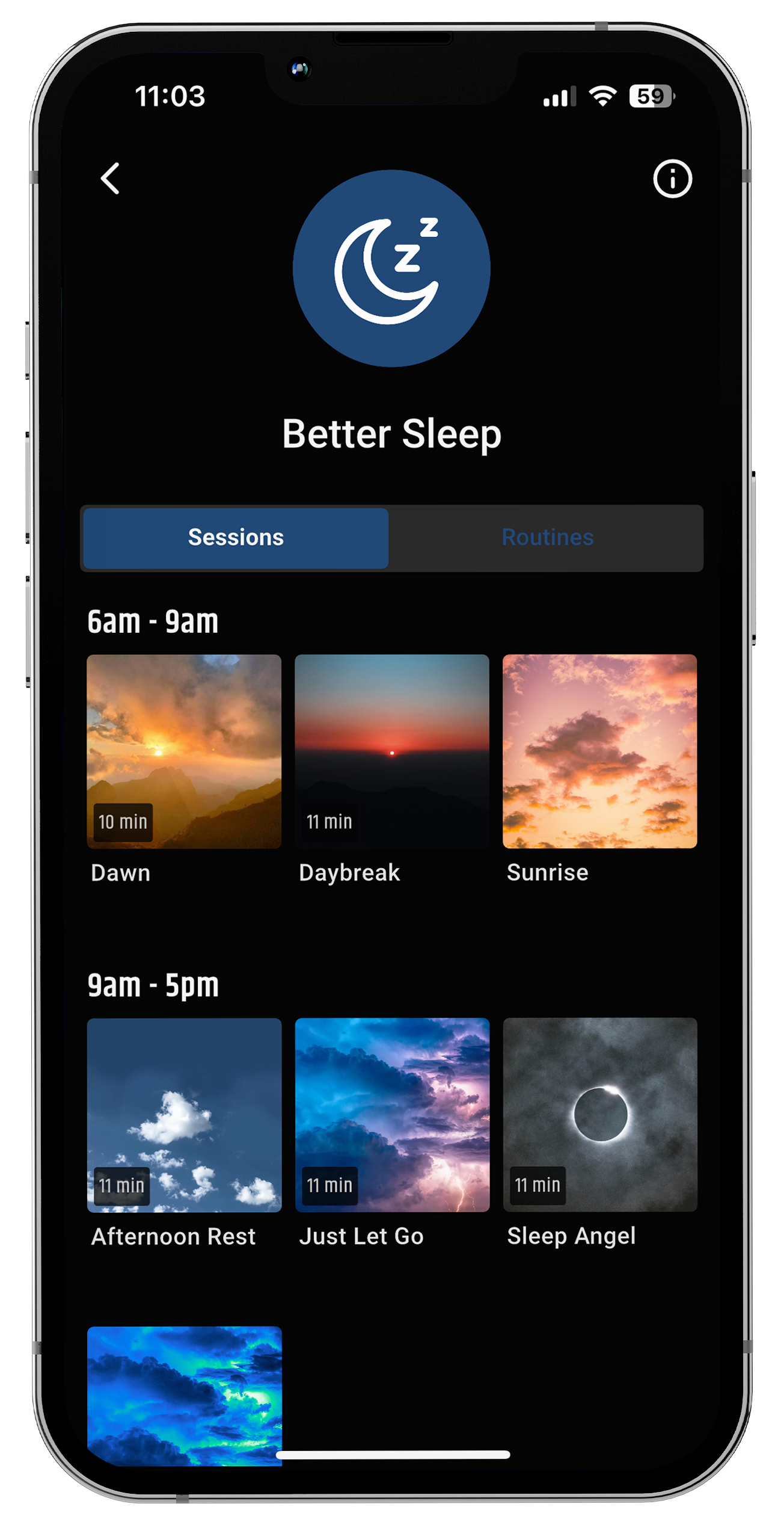
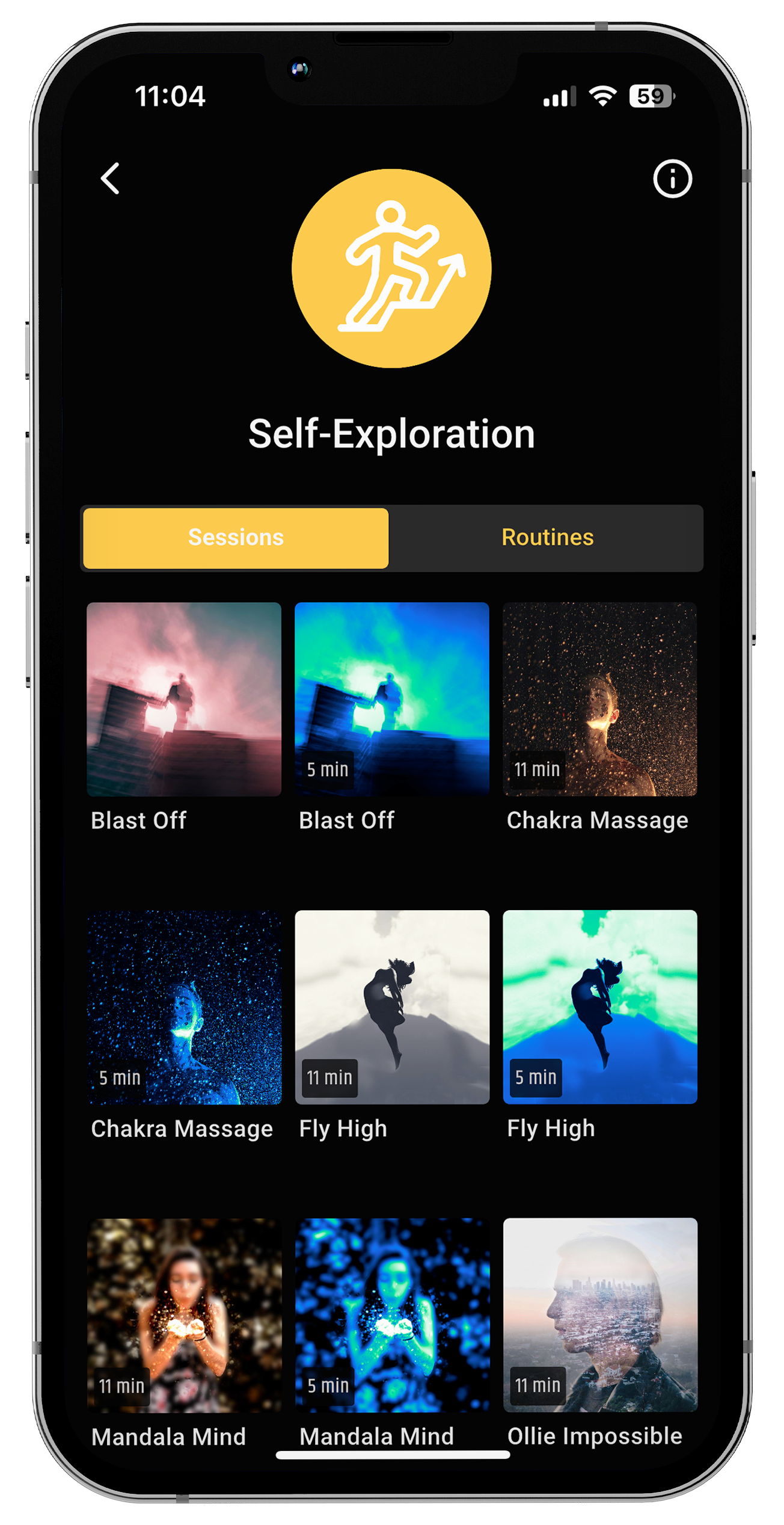
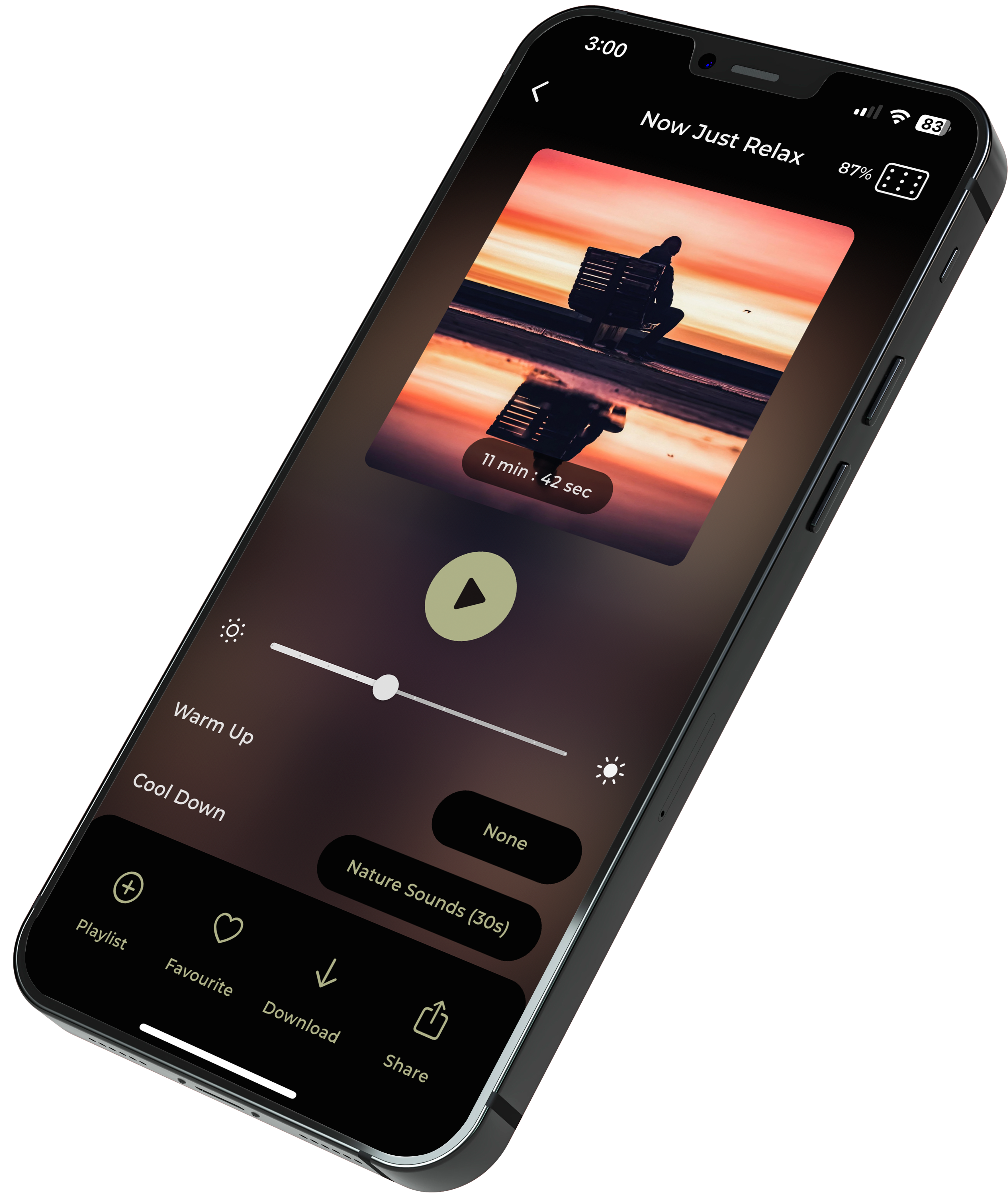







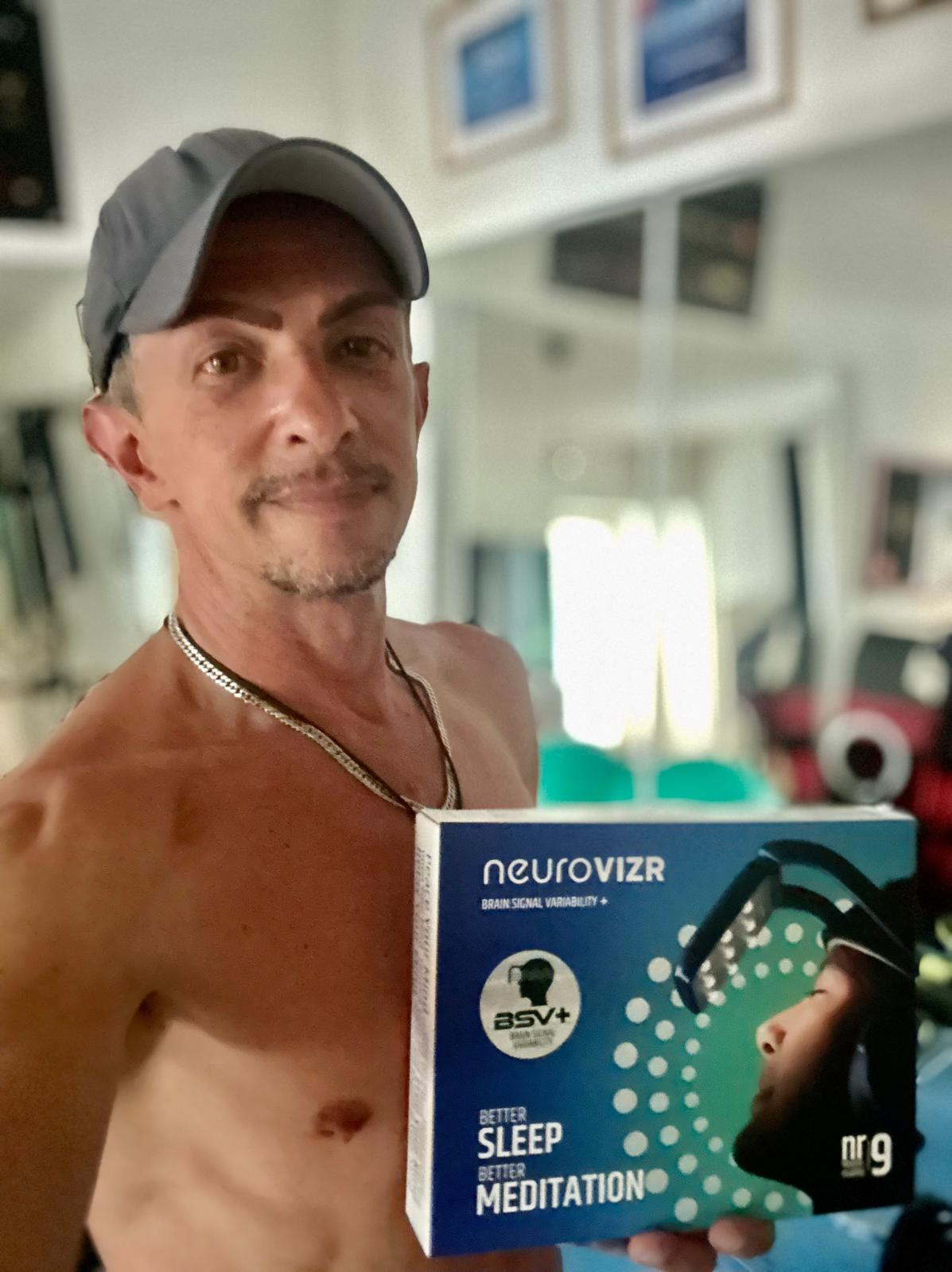
Share:
INTJ Personality Weaknesses and Strengths
Strengths and Weaknesses of ENFJ – The Protagonist Personality